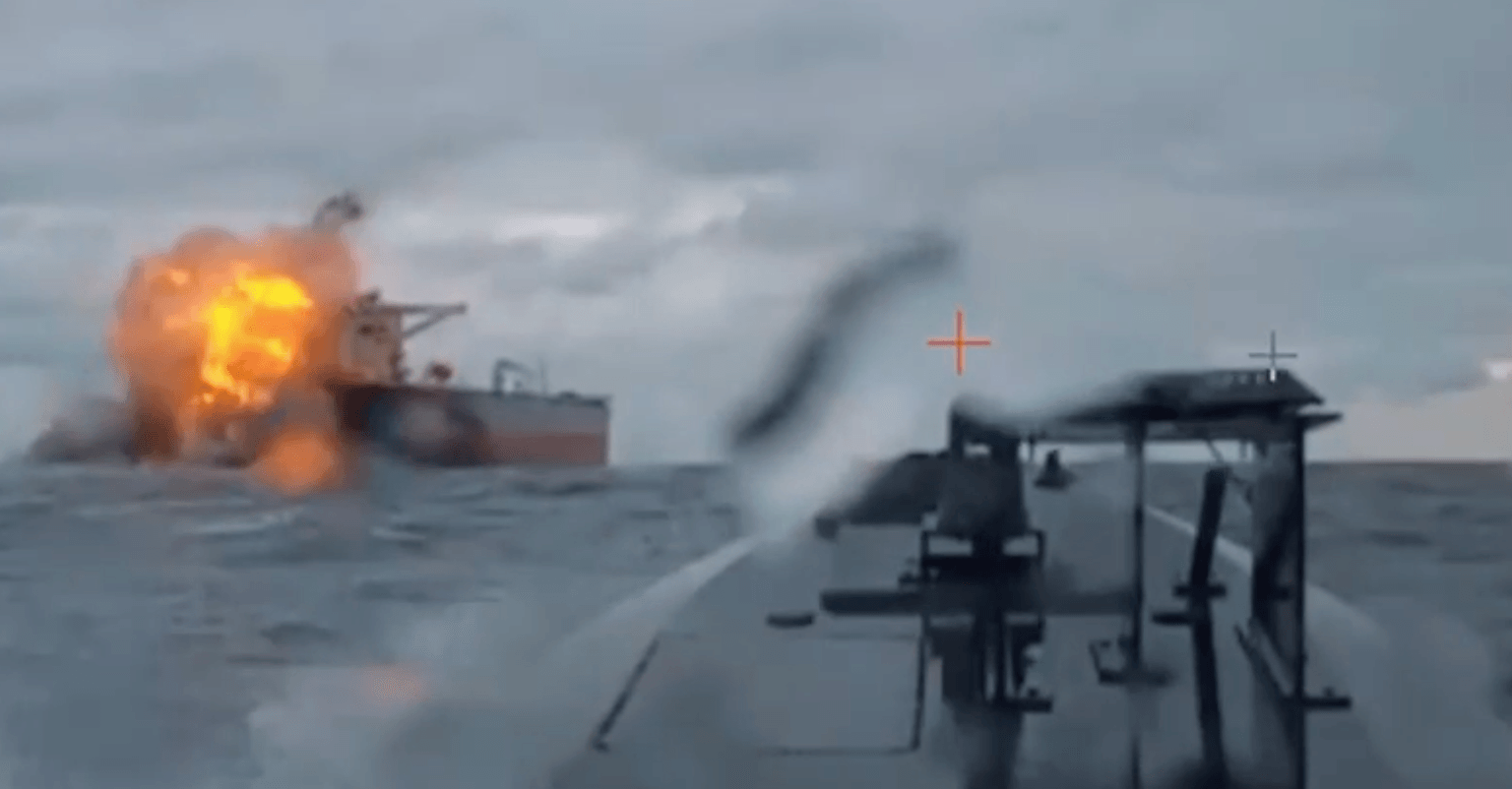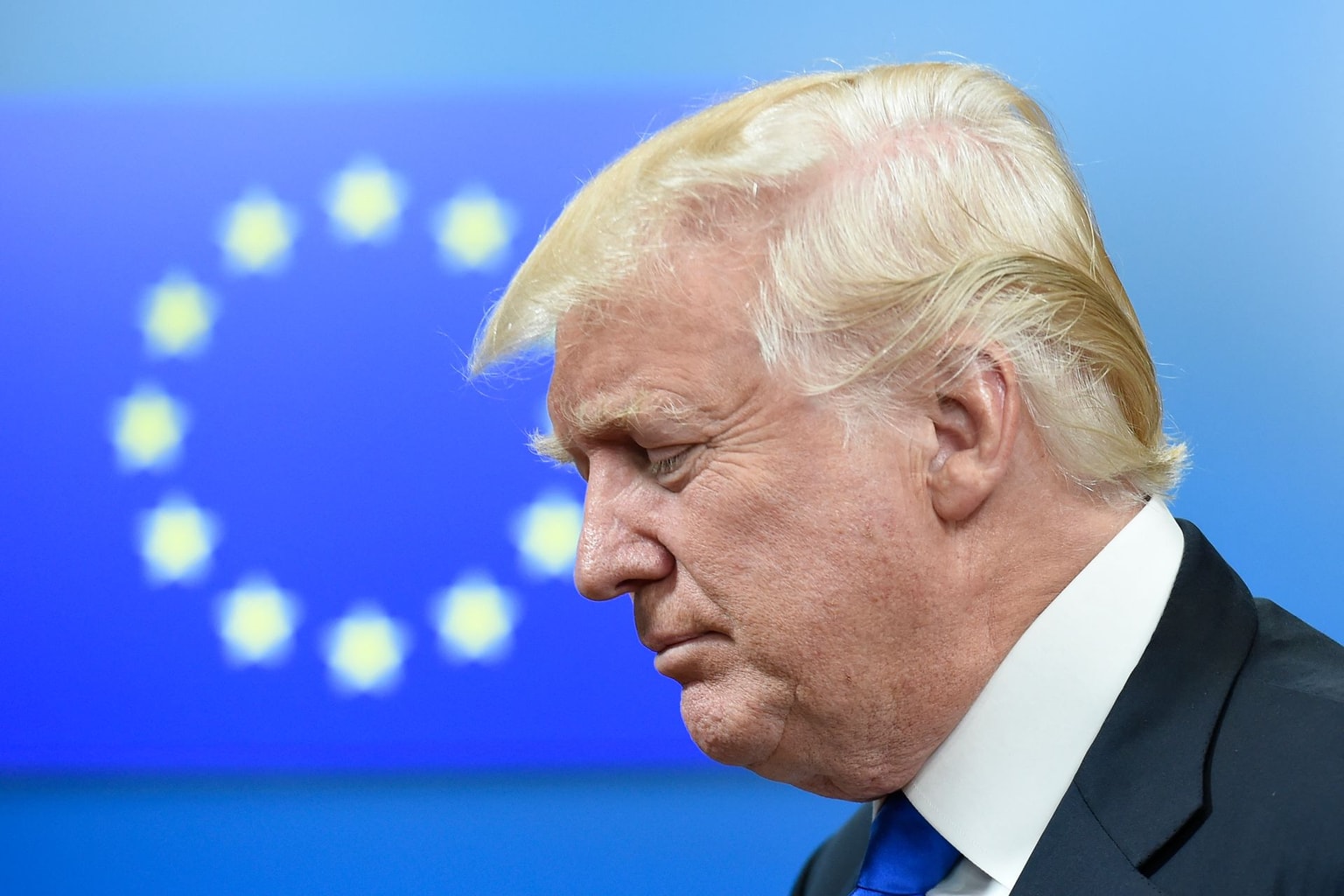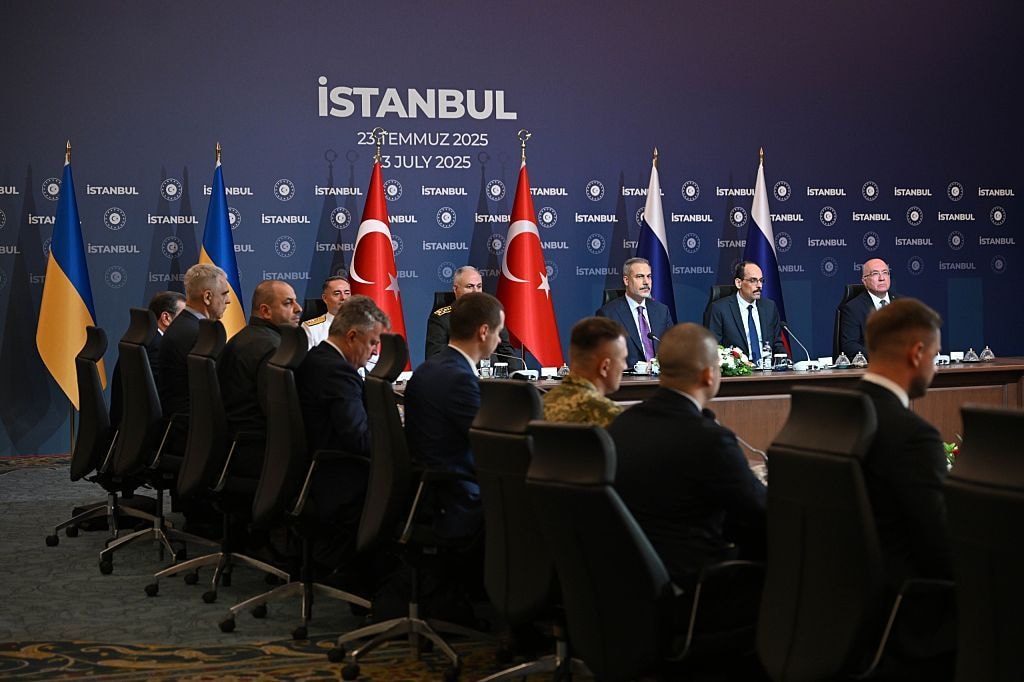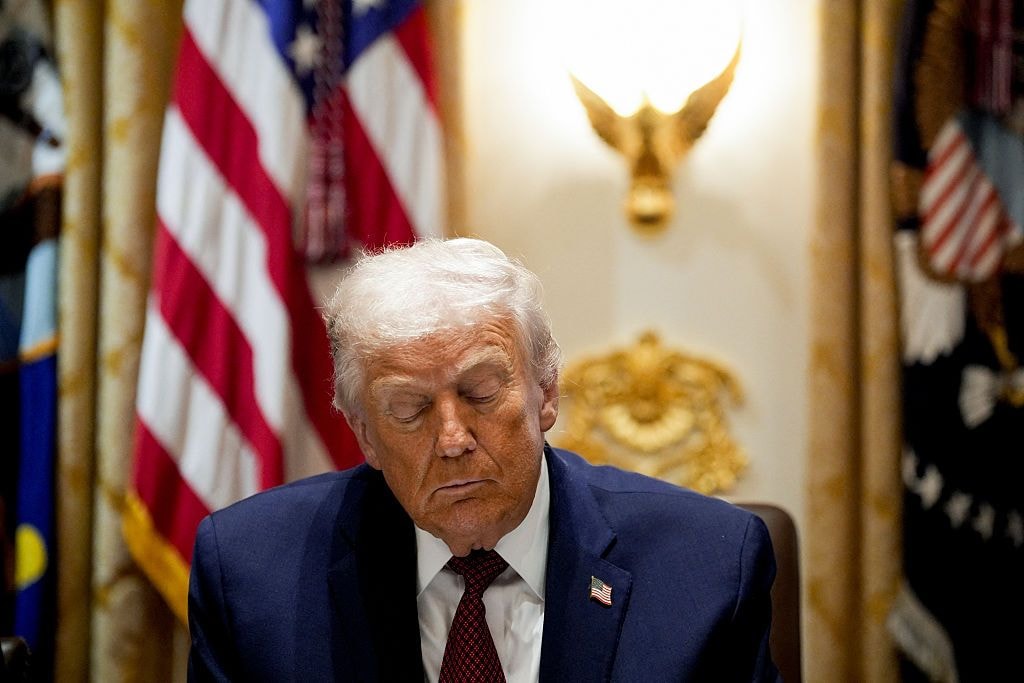Iran plans to provide Russia with missiles but wants to limit their range due to a potential international backlash, Axios reported, citing four senior Israeli officials.
Russia has been using Iranian-made kamikaze drones to attack Ukraine since September, launching attacks against civilians and destroying energy facilities across the country.
Tehran initially denied supplying Moscow with drones but later admitted delivering them, claiming it happened before Russia launched its full-scale invasion of Ukraine on Feb. 24. There is overwhelming evidence that Iran continued supplying drones during the invasion.
According to the Axios report, the Western pressure “has not fully deterred Tehran from planning to send the missiles to Russia, and it intends to go ahead with the deliveries soon.”
“But, in an effort to mitigate the international fallout and not violate the Security Council resolution, Iran plans to give Russia only missiles with a range of fewer than 300 kilometers and modify other missiles so they stay within the parameters of the resolution,” the Israeli officials said, as quoted by Axios.
The same day, the European Union added four individuals to the list of sanctions against Iran, as well as four entities “for their role in the development and delivery of UAVs used by Russia in its war against Ukraine.”
The U.K. Defense Ministry said on Dec. 10 that it expects Iran’s support for the Russian military to grow in the coming months. The ministry called Tehran “one of Moscow’s top military backers” worldwide and said that Russia is attempting to obtain more weapons from Iran, “including hundreds of ballistic missiles.”
“In return, Russia is highly likely offering Iran an unprecedented level of military and technical support that is transforming their defense relationship... If Russia succeeds in bringing a large number of Iranian ballistic missiles into service, it will likely use them to continue and expand its campaign of strikes against Ukraine’s critical national infrastructure,” the U.K. Defense Ministry said.
Most Popular

Hunted relentlessly by Russian drones, 2 Ukrainian soldiers survive 165 days on the front line

'We'll become homeless' — Russians protest in Kursk Oblast over loss of compensation payments for property lost during Ukraine's incursion

Europe’s plan to fund Ukraine is being blocked by one company — Euroclear

Ukrainian drones destroy 70% of fuel tanks at Russia's Temryuk Seaport, General Staff says

Ukrainian Sea Baby drone strike reportedly cripples Russian 'shadow fleet' tanker in Black Sea, SBU source says
Russia’s Slavneft-YANOS oil refinery in Yaroslavl, one of the country’s five largest, is reportedly on fire after being struck in an overnight drone attack on Dec. 12, officials and local Telegram channels said.
"You don't need to hide; I will come after each of you personally," said Prosecutor General Ruslan Kravchenko, responding to a wave of anonymous posts alleging he had submitted a letter of resignation.
The Russian Central Bank said in a press release that it had sued Euroclear, the Belgian financial institution holding the vast majority of Europe's frozen assets, in a Moscow court on Dec. 12.
Ukraine’s Security Service said Friday that it detained three men suspected of planting two homemade bombs that killed a National Guard serviceman and wounded four other people in Kyiv a day earlier.
President Volodymyr Zelenskyy praised troops in the Kupiansk direction and said battlefield gains strengthen Ukraine’s diplomatic position, as the National Guard’s 2nd Khartiia Corps reported a counterattack north of the city.
"We must be prepared for the scale of war our grandparents and great-grandparents endured," NATO Secretary General Mark Rutte warned.
U.S. President Donald Trump is "extremely frustrated" with both Russia and Ukraine amid ongoing diplomatic efforts to end the war, White House press secretary Karoline Leavitt said during a Dec. 11 press briefing, as the United States weighs whether to join Ukraine and European partners for talks this weekend.
A Russian airstrike on Odesa on Dec. 12 damaged infrastructure and left parts of the city without electricity and water, the head of the Odesa Military Administration, Serhiy Lysak, reported.
A drone explosion damaged the lower floors of a residential building in the Russian city of Tver on Dec. 12, injuring at least seven people, according to regional officials and local Telegram channels.





